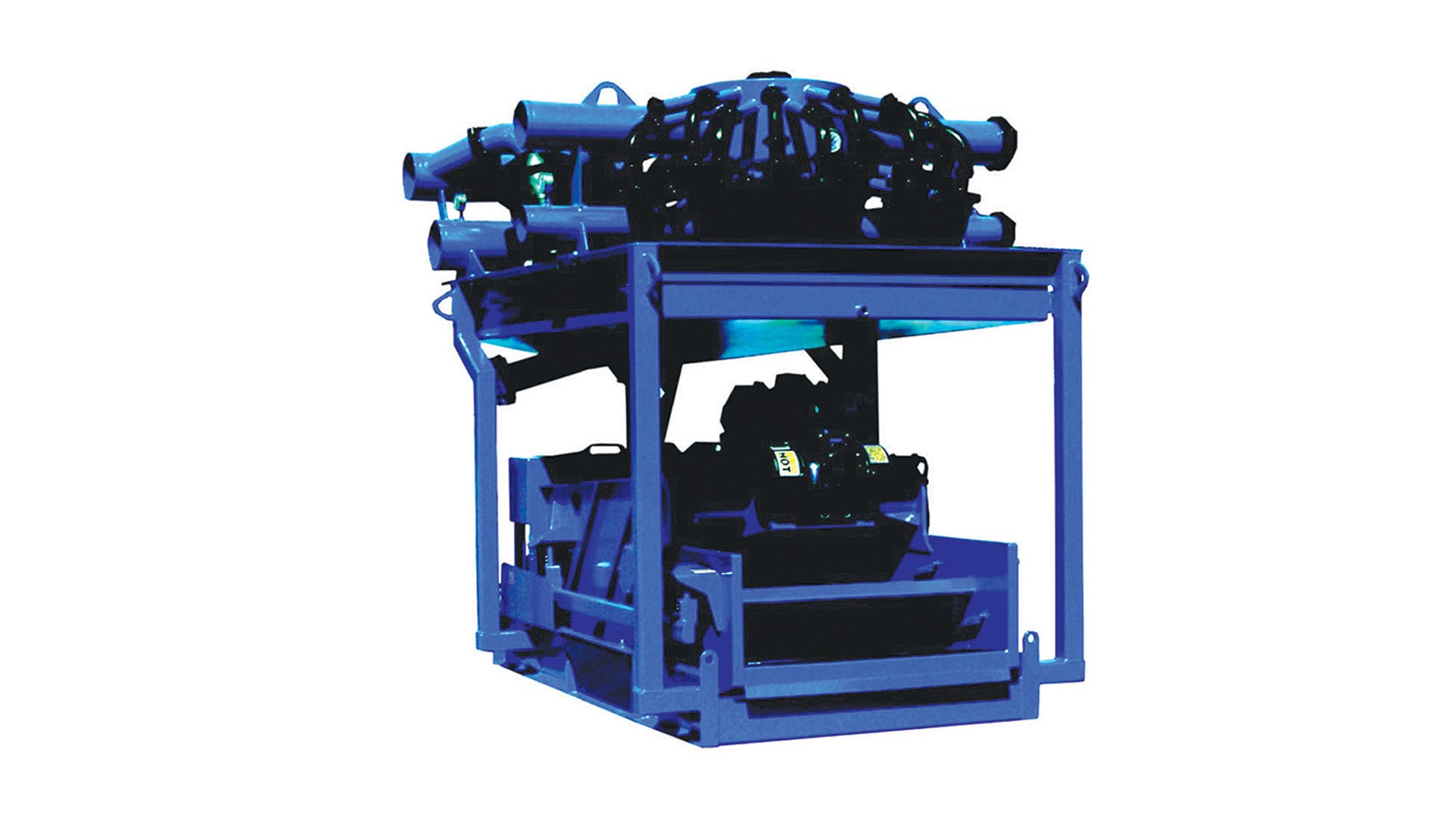KING COBRA VENOM Mud Conditioner
Optimizing separation performance through new advancements
Description
Specifications
Resources
BRANDT KING COBRA VENOM Mud Conditioner Spec Sheet
BRANDT Mud Conditioner Headers Spec Sheet (English)
BRANDT Mud Conditioner Headers Spec Sheet (Portuguese)
BRANDT Mud Conditioner Headers Spec Sheet (Spanish)
BRANDT Mud Conditioner Headers Spec Sheet (French)
BRANDT Mud Conditioner Headers Spec Sheet (Arabic)



